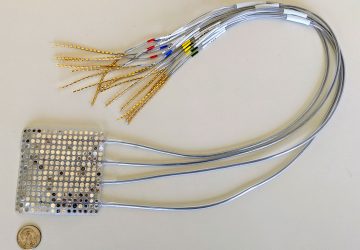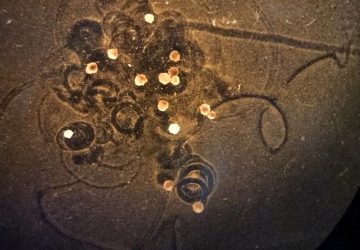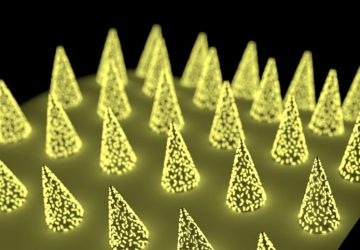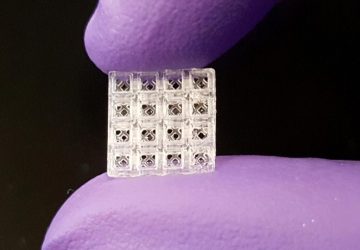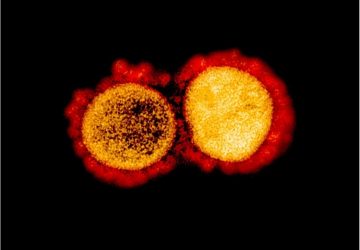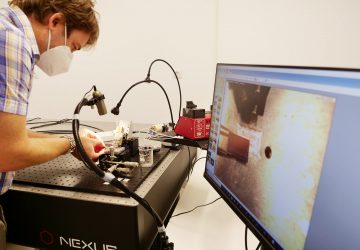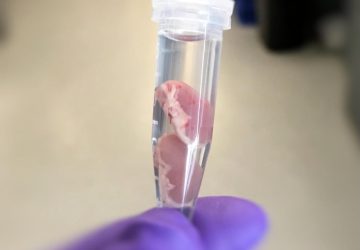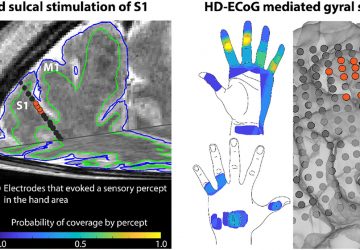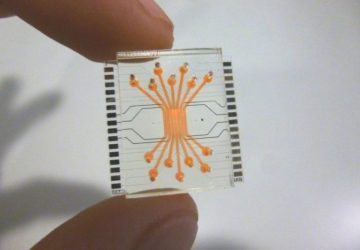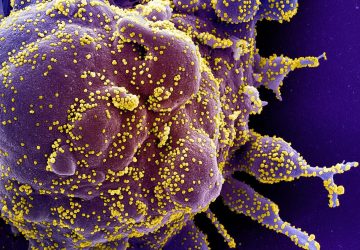International study uncovers mechanism behind Joubert syndrome
Summary:
The results of an international study published in Nature Cell Biology have identified a gene (TMEM107) associated with Joubert syndrome, and crucially uncovered the mechanism by which it functions in cells, leading to a better understanding of the cause of this brain disorder.The study was led by SBBS Principal In-vestigator, Dr Oliver Blacquewith re-searchers at Burgundy University (France) and Radboud University Medical Centre (The Netherlands) Joubert syndrome is a relatively rare genetic disease affect-ing 1 in 80,000 indi-viduals. Symptoms include problems with mid brain formation, breathing,balance and muscle control, as well as kidney defects,blindness, obesity, and bone malfor-mation.The syndrome is one of a number of increasingly common disorders called‘ciliopathies’, caused by defects in a part of the cell called the cilium. This hair like structure on the surface of most human cells functions as an ‘antenna’ for sensory perception (e.g., odour detection) and cell communication during embryo development.Recent research has focused on the baseof the cilium, where it attaches to the cell. This part of the cilium is thought to act as a ‘gate’, controlling which molecules are allowed to enter and exit the ciliary antenna. By making sure that the cilium con-tains the correct molecules, the gate safe guards the normal functions of the cilium. In this study, the researchers reveal a new gene, associated with the ciliary gate,called TMEM107 and show that mutations in this gene cause Joubert syndrome. In pioneering experiments, the scientists used sophisticated (super resolution) microscopy to establish that TMEM107 associates with discrete sub regions of thegate, rather than the entire structure. This finding provides new insight into the archi tecture of the gate at the molecular level, and provides new leads for further under standing the mechanism by which the gate operates.These observations were made not only in human cells, but also in tiny worms (C. elegans),indicating the general relevance of the findings in nature.





